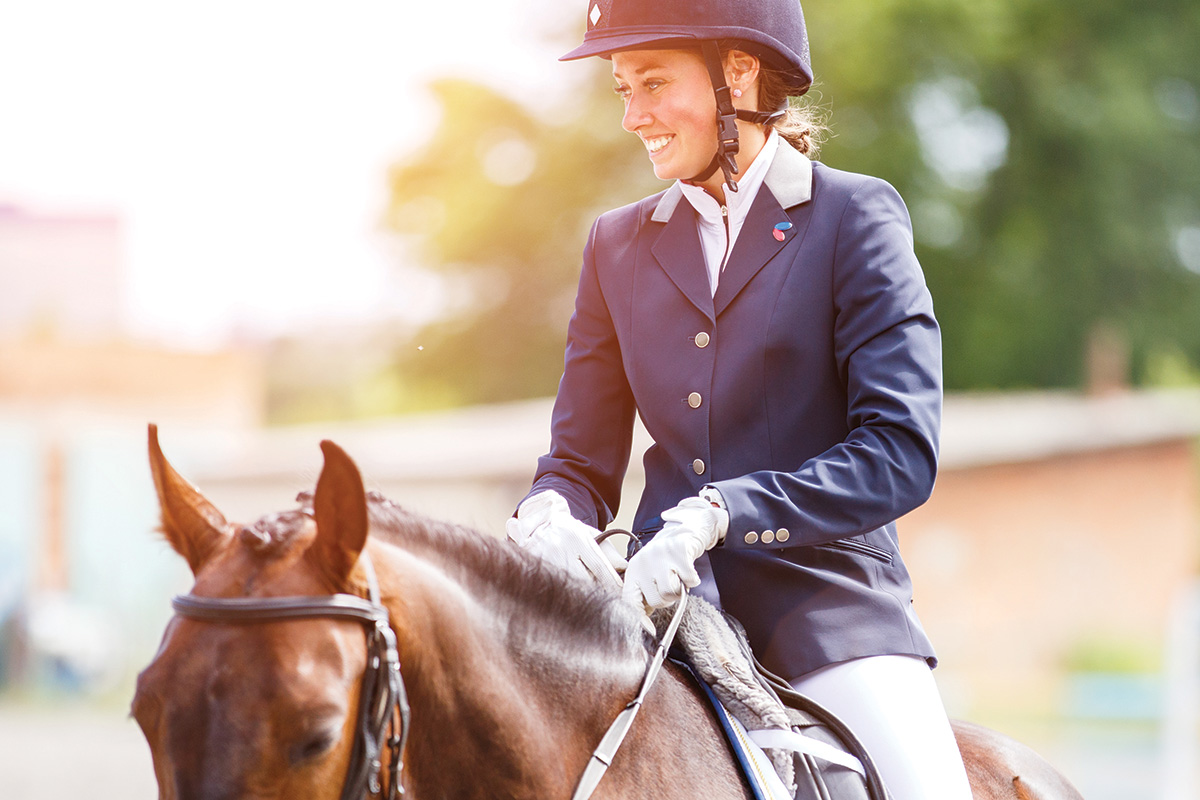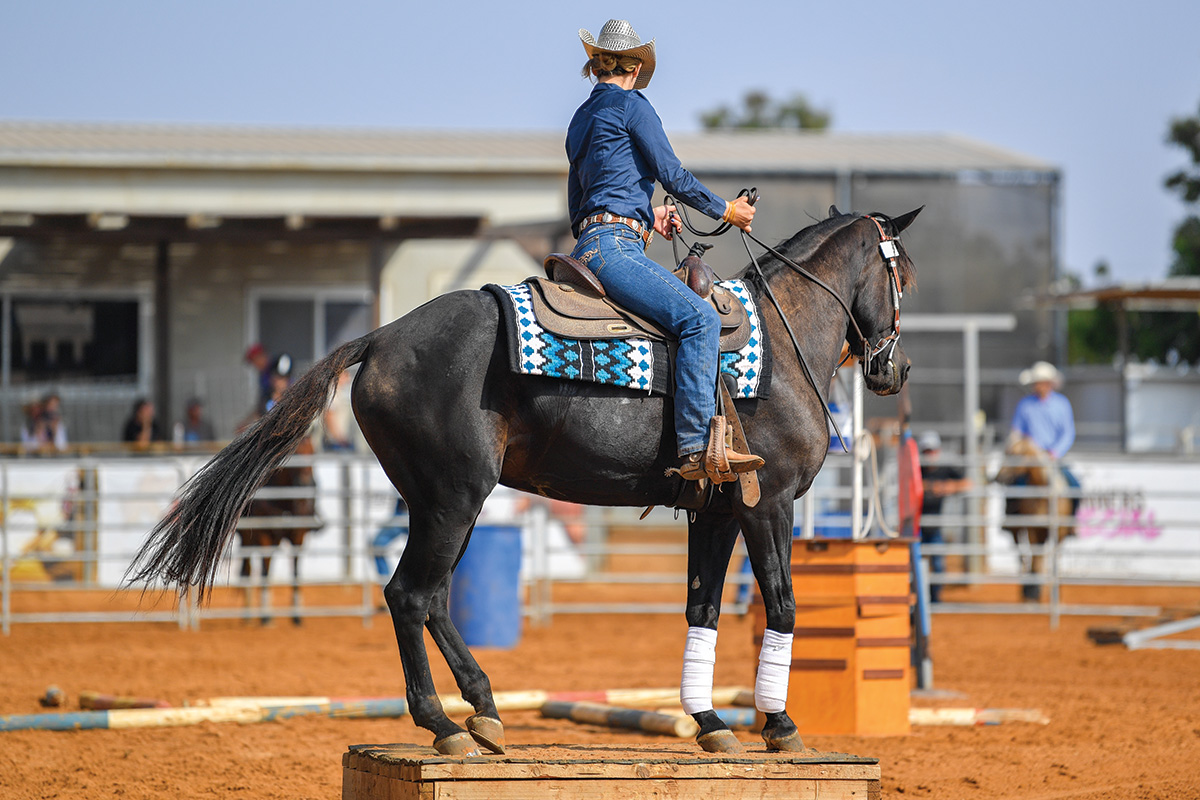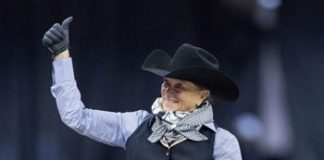
One of the biggest challenges you can face as a rider is trying to effectively incorporate your practice sessions while in the ring at a horse show. All disciplines are affected by the heightened energy at a horse show, where the nerves of horses, riders, and spectators combine with an unfamiliar atmosphere to make a very high-pressure situation. Calming these nerves can be difficult given the energy of a horse show.
However, the one thing that you have complete control over is your mental preparation. Following this strategy can help you calm your nerves at your next horse show.
Visualize Success in the Show Ring
One of the most tried-and-true methods in mentally preparing for competition is visualization. Visualization is crucial because it allows you to experience the competition ahead of time in a way that is otherwise impossible.
Something that will greatly enhance your ability to visualize is to spend time around the outside of the arena and soak in the view from all angles. Time spent walking inside the arena is also valuable, but not always possible. This helps your brain build a 3-D picture by taking note of the colors of banners, jumps or other obstacles in the ring, objects just outside the arena fence like seating, landscaping, or judge’s booths, and also getting an idea of the distances and angles between the different obstacles or jumps.

Visualization is extremely effective because when done correctly, it activates and strengthens the same neural pathways as actual physical practice. Visualizing should take about the same amount of time as the actual ride; for example, a dressage test visualization should take about four minutes if that is the projected time for the test.
How many times you choose to visualize the ride is up to you. You may choose to visualize a certain number of times, visualize periodically up until your ride, or continue until it flows very smoothly in your mind.

In the event that you visualize something incorrectly, whether it be an incorrect sequence or an actual mistake, you may choose to “rewind” the visualization and start again just before the mistake, or you can restart completely.
It’s important to recognize, however, that thinking ahead about the small corrections your horse may need, such as extra right leg to prevent a right drift, is a crucial part of the plan rather than a mistake in your visualization.
Feel the Ride

Probably the most misunderstood thing about visualization is that people think of watching themselves ride their class, course, test, or pattern as if they were a spectator outside the arena. This does not serve the same purpose nor provide the same benefits as closing your eyes and truly feeling yourself ride the class, course, test, or pattern as you intend to ride it.
Visualization should be an immersive experience during which you imagine activating the muscles you’ll need to execute your plan. This means dialing into your focus ahead of time and building sensory memory.
It’s important to be as detailed as possible during each run-through so that your mind begins to relate to the class, course, test, or pattern as a familiar experience. Tune in to the feeling of your legs on your horse’s sides, stretching up tall through your upper body, looking ahead to where you are going next, or whatever else you know will need your mental attention during your ride.
Be sure to include all aspects of the arena while you are visualizing so that then the crowd, the flapping banner, or the two jumps that are confusingly placed next to each other are all familiar by the time you actually enter the ring on horseback.
Environment and Routine
It’s important that you maintain a focus-friendly environment while you are visualizing. It’s not a good time for friends and family to be bombarding you with questions or playing loud music or videos right next to you.

You may be able to establish a boundary ahead of time by giving a brief explanation of what you will be doing, or it may take a few shows for your supporters to begin to understand this new part of your routine.
Visualization may not come naturally to you at first, but I encourage you to take control of your mind in order to create a competition environment that has fewer variables and more opportunities for practice and preparation than are available solely in the physical body.
This article about how to calm your horse show nerves appeared in the March 2022 issue of Horse Illustrated magazine. Click here to subscribe!





